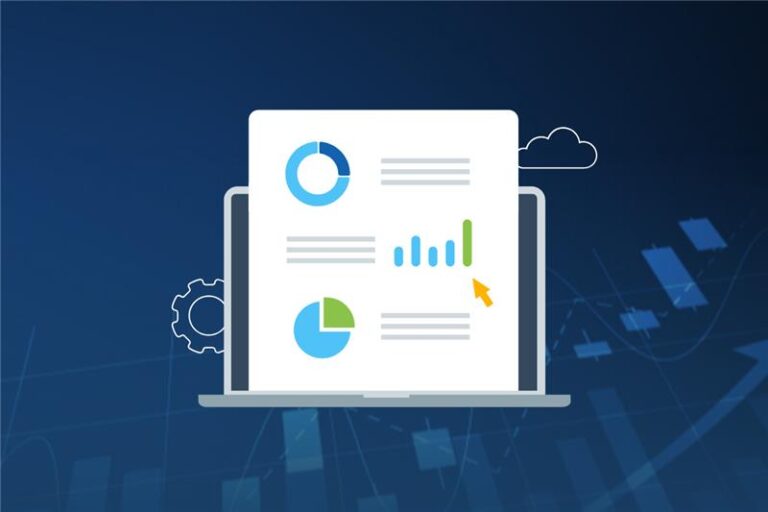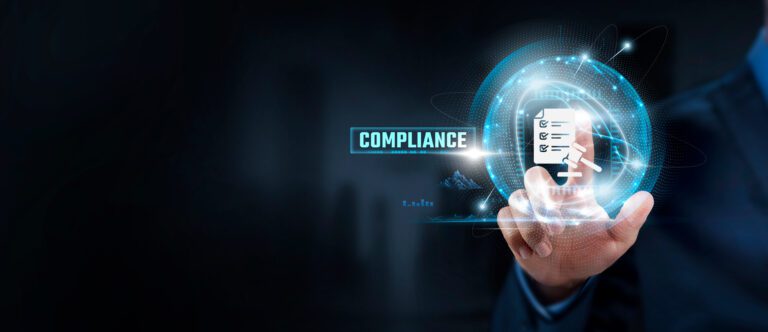The extensive use of mobile devices for corporate-related tasks has revolutionized work models, with hybrid approaches dominating the business landscape. While most employees love to embrace the benefits of extra flexibility and collaborative productivity, IT teams remain vigilant. With hybrid workforces constantly moving between remote and in-office locations, organizations are vulnerable to risks due to the limitations of a traditional security perimeter.
However, not every organization’s IT team is in a position to meet the rising demand for efficient remote monitoring and management (RMM) of their evolving endpoints, such as virtual machines (VMs), IoT devices and cloud infrastructure. To thrive, organizations must implement unified remote monitoring and management (uRMM) tools that go beyond the current concept of RMM, where only traditional devices and endpoints are managed.
This blog post explores the significance of RMM and how mobile device management solutions can drive unified management of all endpoints.
What is mobile device management?
With a staggering 2.2 million cyberattacks on mobile devices reported in 2022, the need for a robust solution has never been more critical. Mobile device management (MDM) solutions are a cornerstone of visibility, monitoring and control that help IT teams effortlessly manage and safeguard their ever-increasing portfolio of endpoints.
An MDM solution is a primary software tool that enables IT teams to manage, configure and secure all mobile endpoints they own or have access to, such as smartphones, laptops, tablets and IoT devices. It provides centralized control and overview of all mobile endpoints, allowing IT teams to enforce security policies, deploy applications, track devices and even troubleshoot issues remotely.
The goal of an MDM solution is to strike a balance between management, productivity and policy compliance. This helps organizations ensure that their mobile devices are secure and compliant while data breach risks are mitigated.
Why does mobile device management matter?
As the lines between personal and professional devices blur, organizations must recognize the risks associated with unmanaged devices. Mobile devices, especially those used by C-level executives, such as CEOs, are perfect attack vectors for cybercriminals since they have privileged access to sensitive corporate data. Simultaneously, IT departments are grappling with the sudden surge of mobile device usage without additional resources or budgetary allocations.
MDM solutions help an organization proactively handle the growing responsibility of device management, fortify against cyberthreats and ensure compliance. It empowers organizations to implement security measures and formulate policies that effectively streamline endpoint management workflows.
What kind of businesses need their IT teams to manage their mobile devices?
While it may soon become a norm, an increasing number of businesses either accept that they need MDM solutions or realize that what they have in place is insufficient. With that in mind, the need for IT departments to manage mobile devices, such as phones, iPads and loT devices, extends across various industries that rely heavily on them for field work, such as construction, telecom, education and event marketing companies. In heavily regulated industries, such as finance, healthcare and government institutions, where securing sensitive information is a top priority, it is imperative that organizations implement robust MDM solutions to safeguard themselves from threats and comply with industry regulations.
Use cases of mobile device management
With more employees becoming increasingly reliant on their smartphones and tablets to perform daily tasks, MDM solutions are becoming more critical for organizations of all sizes. MDM solutions encompass a range of key use cases that effectively tackle the challenges organizations face in managing and securing mobile devices. These use cases include:
Asset management/tracking
Organizations can effectively manage and track their mobile device inventory with MDM solutions. By having access to information such as device models, operating systems and software versions, organizations can keep track of their devices, monitor usage and stay compliant.
Lost mode and remote secure erase
In the event of a lost or stolen device, MDM solutions enable IT technicians to activate “lost mode” to protect sensitive data remotely. It allows users to lock the device, display a custom message and track its location. If necessary, IT technicians can initiate a “remote secure erase,” wiping all data from the device to prevent unauthorized access.
Application control and patch management
MDM solutions help IT teams enforce security policies that control the installation and usage of applications on managed devices. It can be configured to allow or block specific applications, ensuring that devices run the latest software updates and patches. This enhances an organization’s security posture and helps mitigate the risk of vulnerable applications.
Remote troubleshooting
MDM solutions simplify troubleshooting processes by providing remote access to managed devices. IT technicians can remotely diagnose and resolve issues, configure device settings and push necessary updates. Thus, MDM solutions help reduce downtime, improve productivity and streamline support processes.
Key benefits of mobile device management solutions
The complexity of modern endpoint management makes MDM solutions an invaluable asset for businesses. Here are the key benefits MDM has to offer:
Enhanced data security and compliance
With ever-increasing cyberthreats, implementing MDM solutions ensures an additional layer of security, protecting businesses from breaches and data loss. It enables organizations to deploy authentication, access control and encryption measures that enforce industry standards and regulations.
Increased productivity and user experience
MDM solutions improve user experiences by providing secure access to necessary applications and data. This, in turn, delivers a seamless user experience and boosts productivity. MDM solutions also make it easy for companies to remotely deploy new apps and updates, ensuring that users’ mobile devices are constantly updated with the latest software versions.
Efficient troubleshooting support
MDM solutions streamline device and application management, which reduces maintenance costs and deployment times. With centralized visibility, it enables IT teams to identify and resolve mobile device issues swiftly. As a result, organizations have lesser downtime, avoid costly on-site visits and improve troubleshooting efficiency.
Reduced costs associated with lost or stolen devices
By using MDM solutions, organizations can remotely lock down or wipe any lost or stolen device to prevent unauthorized access to sensitive business data, reducing the cost of potential data breaches or fines associated with non-compliance.
Experience the future of unified device management with VSA
The rapid proliferation of connected endpoints has made bring your own device (BYOD) or hybrid approaches the de facto work models of today’s enterprise landscape. That’s why businesses need a tool to manage it all.
Leading the way is Kaseya VSA, a next-generation uRMM solution that helps maximize IT operational efficiency with complete IT asset discovery, monitoring and management.
Whether it’s iPhones, iPads, VMs or IoT devices, VSA helps organizations achieve seamless device management across various endpoints with a unified RMM vision. It offers complete visibility and functionality organizations need to manage all of their IT assets in a single UI. This gives IT teams greater control of every endpoint and device on the network, resulting in faster resolution of IT incidents, efficient service delivery and better uptime.
VSA also seamlessly integrates with essential IT solutions, like documentation, messaging and BI tools. While VSA currently only supports iOS devices, Android device management capabilities will be introduced in late Q4, further establishing its identity as a truly unified remote monitoring and management solution.
Conclusion
Today, IT technicians face unprecedented challenges from increasing cyberthreats, aging infrastructure, digital transformation initiatives and work-from-home support demands. Budgets and resources, however, are more limited than ever.
Don’t let your organization be vulnerable — embrace the future of RMM with Kaseya VSA, the ultimate solution for unified device management. A true uRMM solution, VSA enables organizations to discover, visualize and manage everything from a single UI. Get centralized control, streamlined productivity and enhanced device security across every endpoint.
Want to learn more about the powerful uRMM solution, Kaseya VSA? Request a demo today.


